Omnisense Ulysses Micro thermal camera testing underway
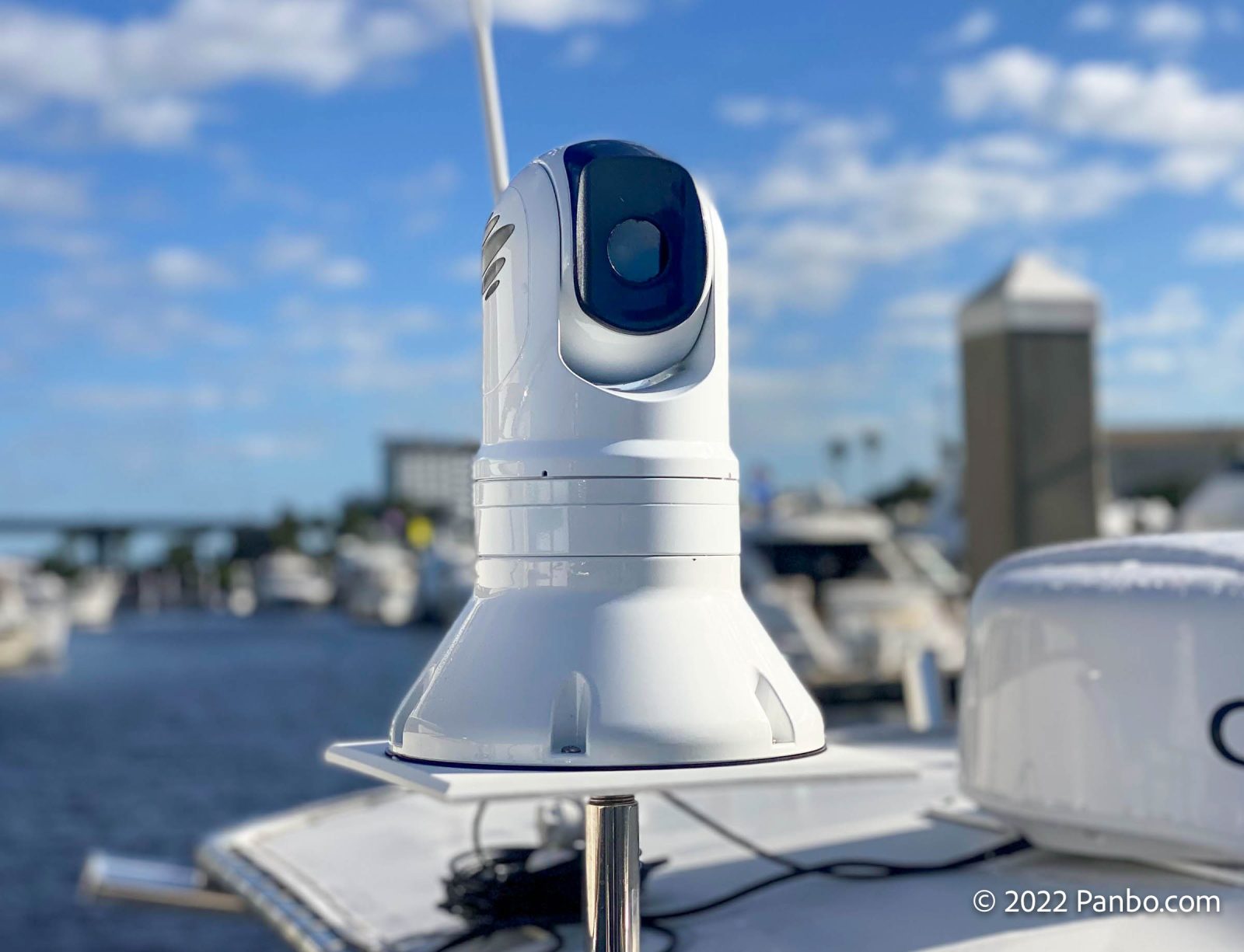
I first saw Ominsense’s Ulysses thermal cameras in a booth at the Miami boat show almost two years ago. It’s not the first time I’ve seen thermal cameras from a manufacturer other than FLIR, but these looked like high-quality cameras competing on performance and features, not just price. It took longer than I would have liked, but I now have an evaluation unit on hand and mounted on Panbo(at). Testing is underway and I’ll have much more to show soon, but the early results are certainly promising.
The kit I received includes an Ominsense Ulysses camera, a junction box, and the optional remote control and mounting riser. The camera carries a $3,699 list price including the junction box. The $500 (list price) joystick remote is a nice option to control the camera but the onscreen, touch interface also allows full control of the camera. The camera receives its power via its Ethernet cable and power-over-Ethernet (POE). That means there’s just one cable between the junction box and the camera. The remote control also draws power via POE and also requires only one cable. The last connection runs from the junction box to either the MFD or an Ethernet switch connected to the MFD.
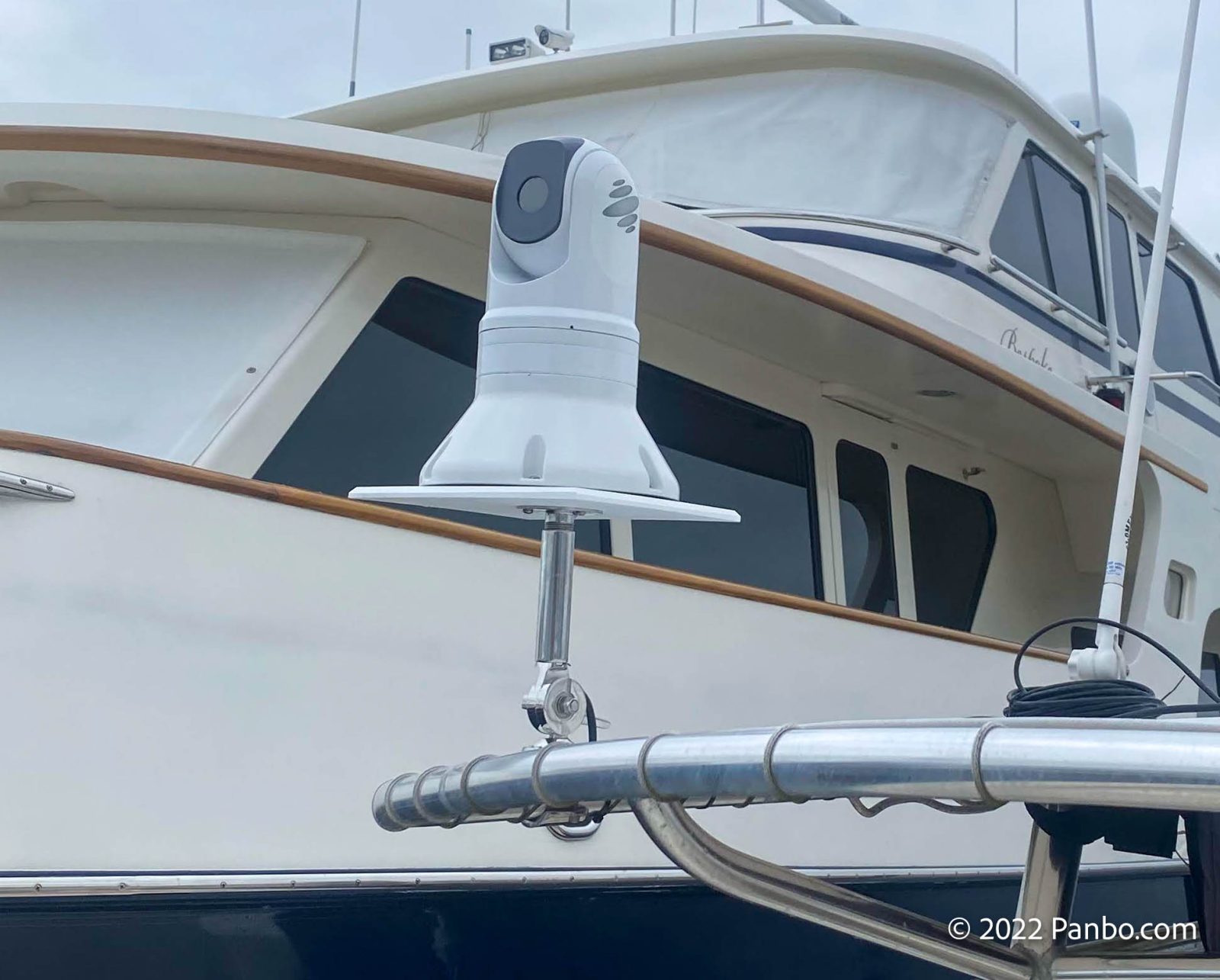
A 22-foot center console with a soft-top lacks an ideal mounting location for a thermal camera. Even a small one like the Ulysses. So, had to get creative in mounting it. I mounted Omnisense’s $100 optional riser to a piece of Starboard and then put a VHF deck mount flange on the underside of the Starboard. I then connected the flange to a Shakespeare heavy-duty rail mount VHF ratchet. With the rail mount ratchet cinched down on the rail, the camera moves very little.
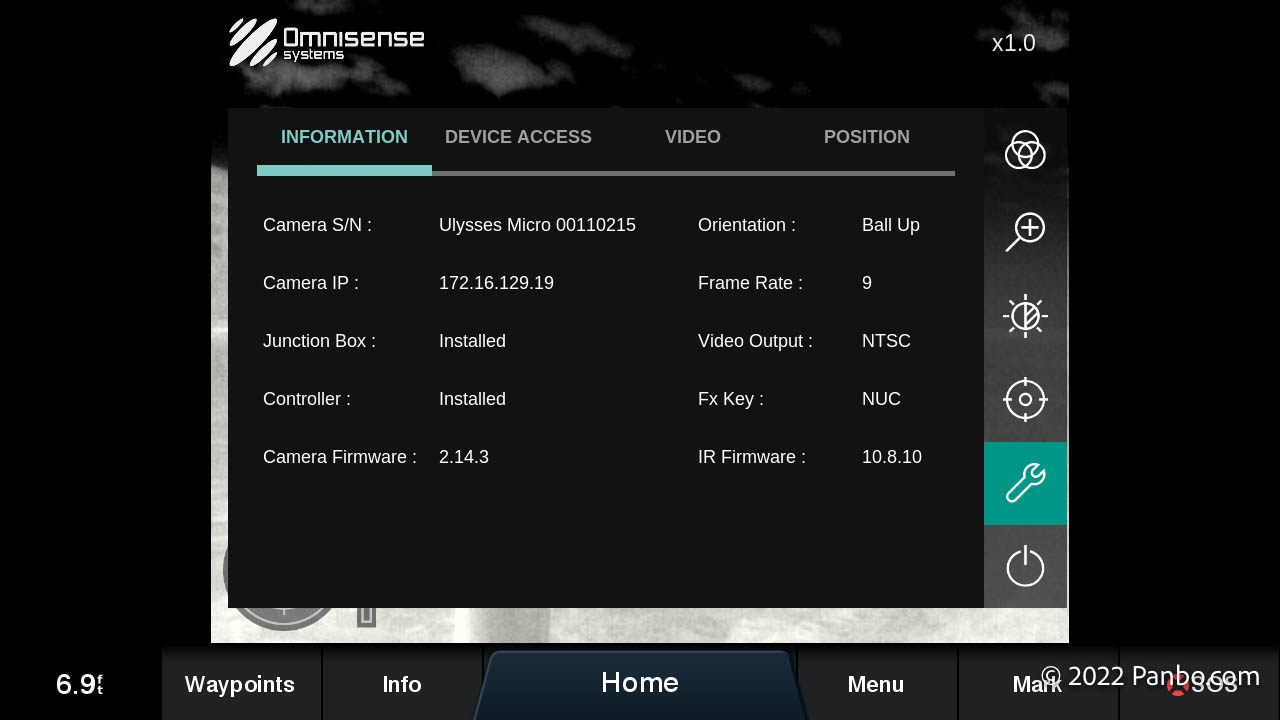
The Micro features a 384 x 288 pixel microbolometer FPA sensor. The version I have, the Micro, isn’t stabilized. The camera is available with stabilization (as a Ulysses Micro S) and with stabilization and a 640 x 480 sensor (as the Ulysses Micro S+). Currently, all the cameras come at 9 frames per second. That’s a limitation of import and export restrictions placed on thermal sensors, but Omnisense believes they will be able to offer higher rates soon.
After mounting the camera and connecting it to the MFD I was instantly greeted by a new icon in the gauge section of my Garmin 943 XSV. The Ulysses registers as a OneHelm device and shows up seamlessly. Edit 1/13/2022 – I ran into some troubles recording the MFD’s output when the camera is displayed, so I reached out to Garmin. Garmin explained that OminiSense isn’t yet an approved OneHelm partner. So, although the camera registers automatically on an MFD, the user experience isn’t vetted by Garmin.
Above is a quick image of what the camera sees of my neighbor’s bow. So far I’m pleased with the clarity and contrast of the images. I’m looking forward to more on the water testing. I will report back when I’ve had the opportunity to really put it through its paces.


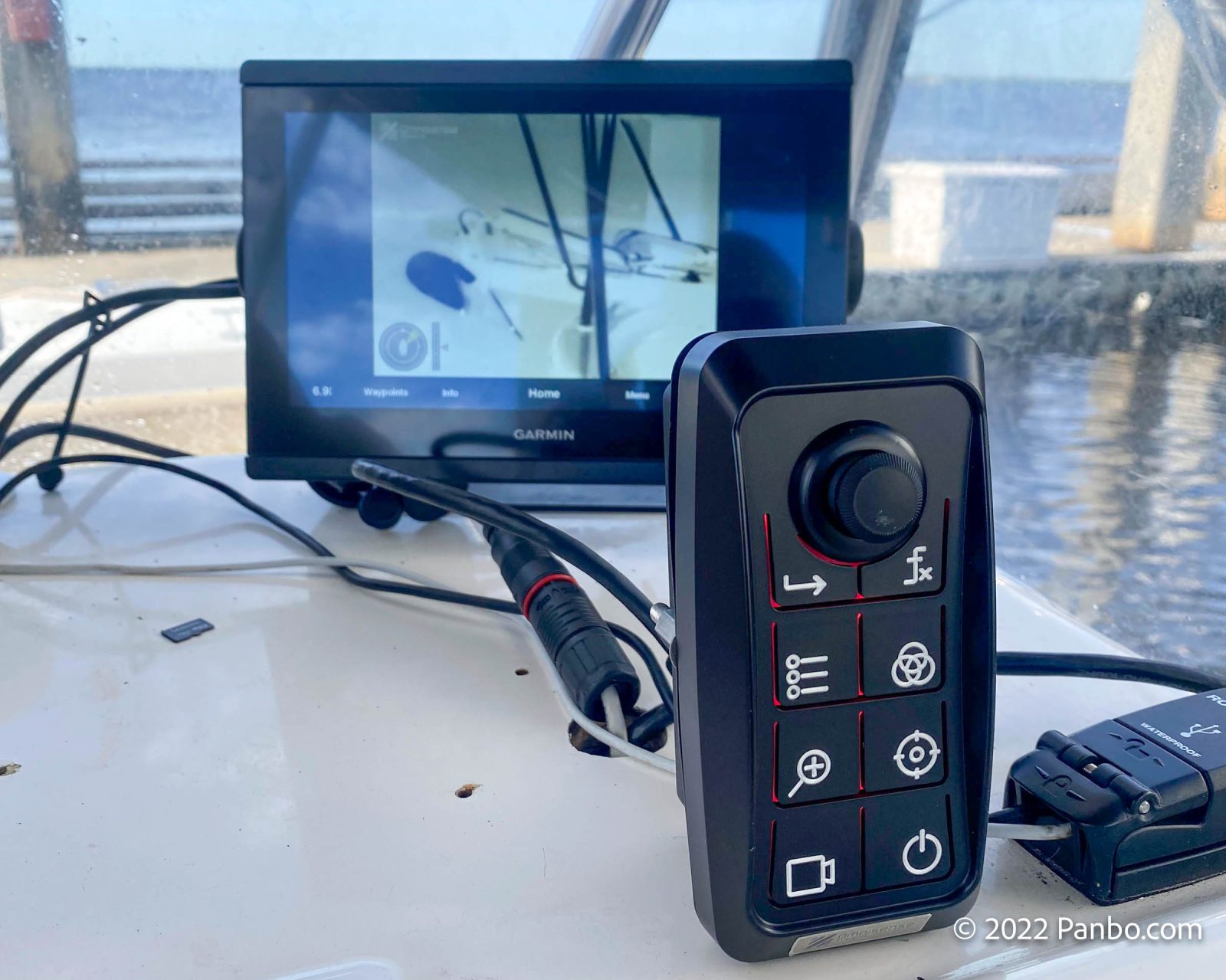
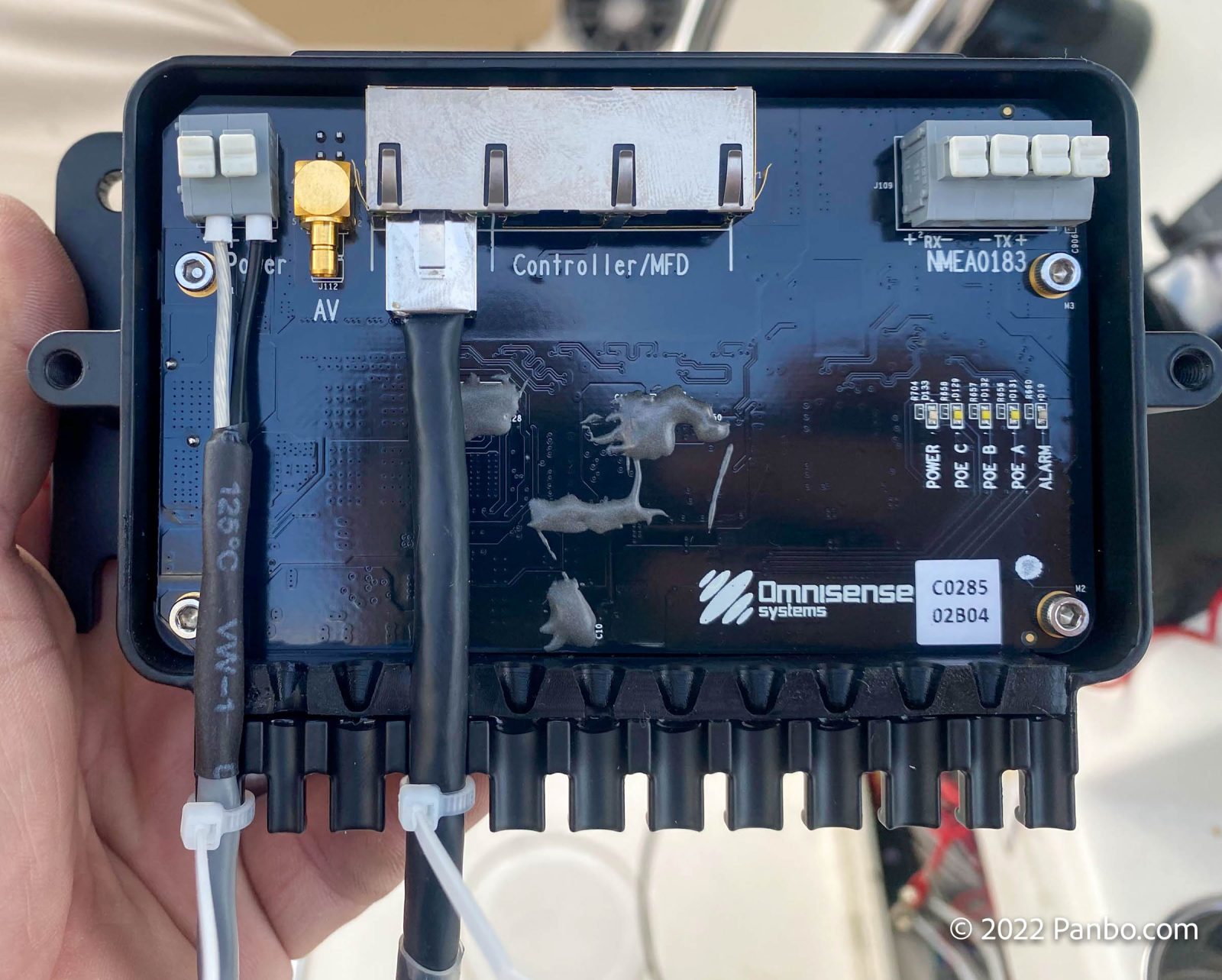

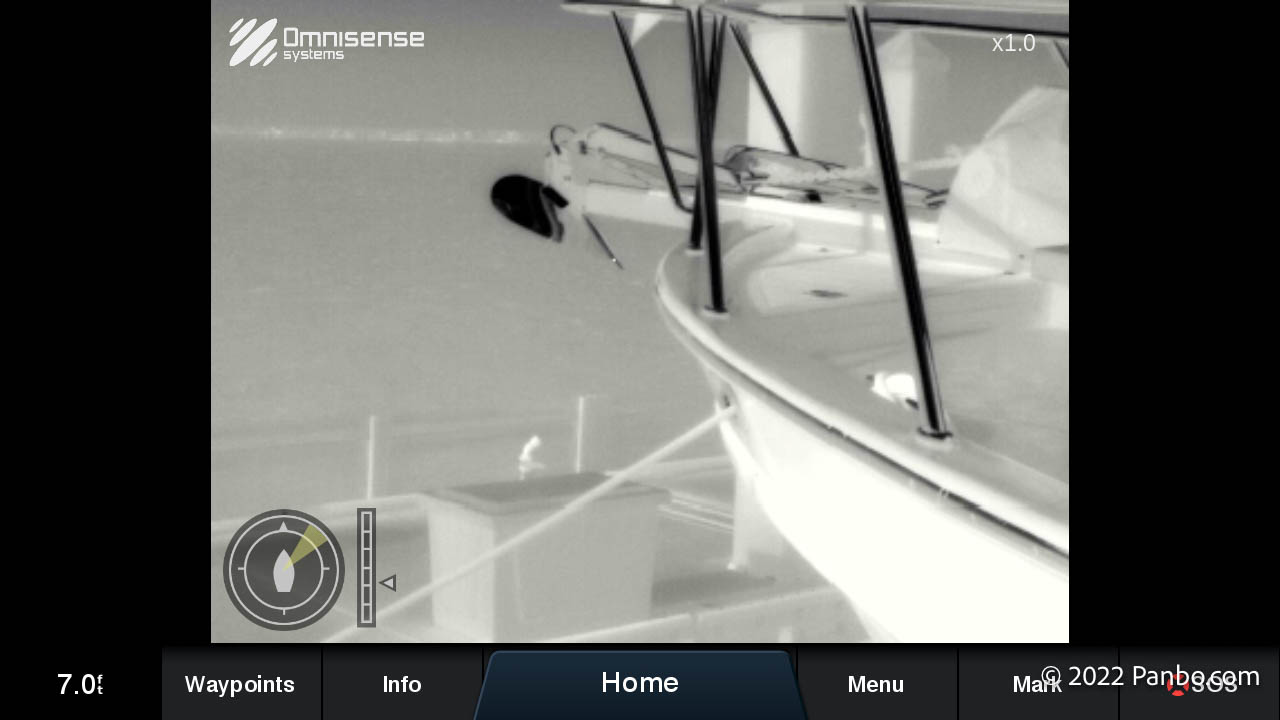
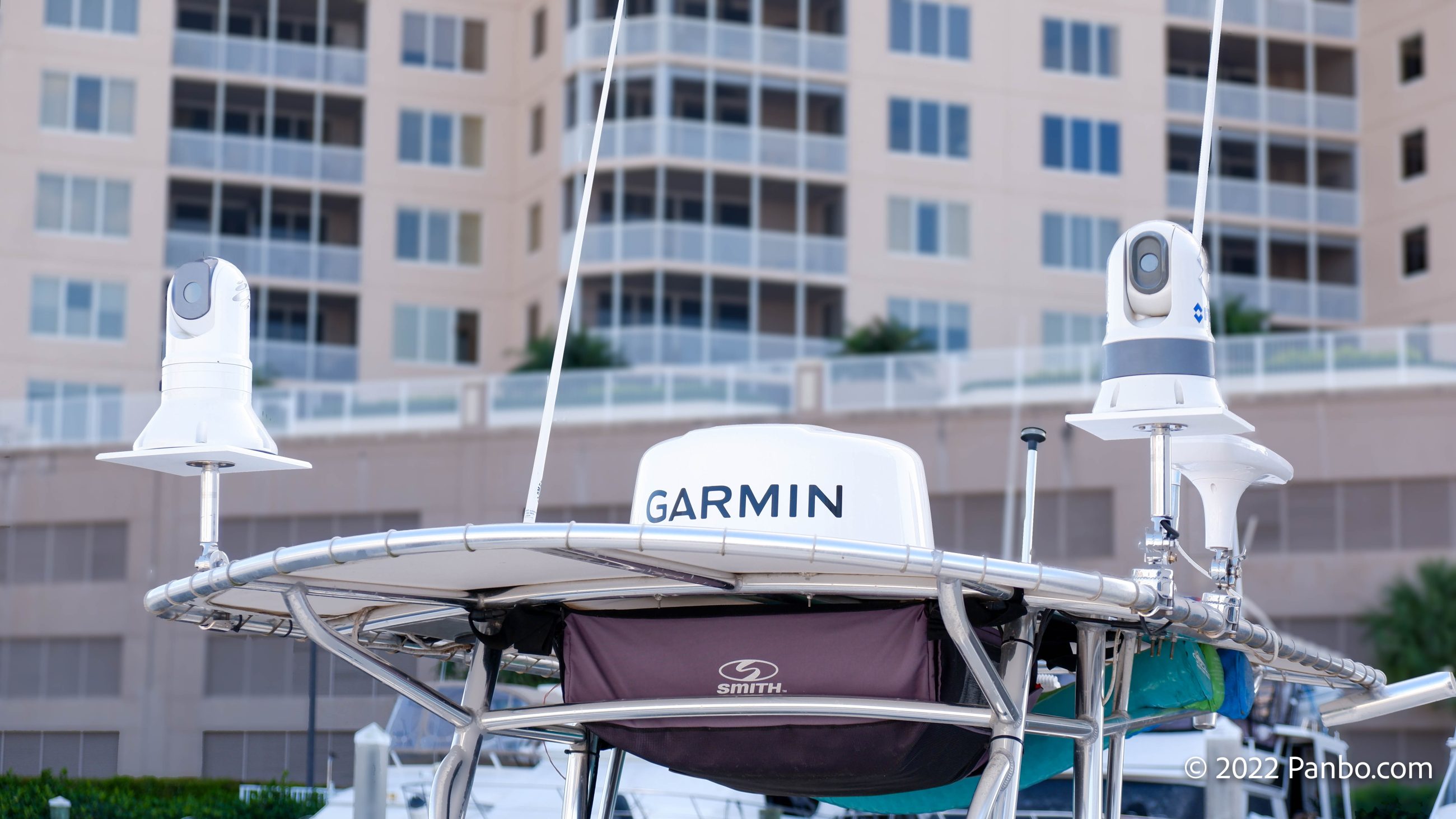
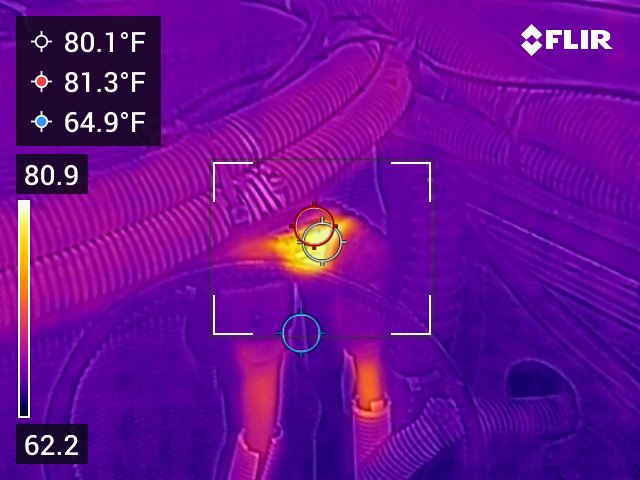










Keep in the great work! This one is one I’m following…. considering a purchase and have a ton of shopping and questions to ask. Waiting for the next episode…..
Would really like to see the same image on a FLIR (dude by side for comparison)
I’m definitely working on doing this comparison.
-Ben S.
i have just ordered an omnisense.. and will be doing a side by side with a flir m232, Iris S290 and Omnisense. happy to send you all the photos/videos ben
Moose
Ben, Does it work with an Axiom MFD? Their website doesn’t list Raymarine as supported.
My understanding is that it currently doesn’t, but Omnisense is working on getting approved. I’ll double-check and let you know if I hear more.
-Ben S.
Raymarine is now a compatible MFD for Omnisense Micro
Do you have a link or source?